|
The Birds of Palestine
The number of bird species found in Palestine today amounts to about 470. This is a very large and varied numbers compared with other countries, and especially so in view of the limited total land area of Palestine. There are three main reasons for the high number of bird species: a) Palestine is located on the main migration route to and from Africa of the birds of Europe and western Asia; b) Palestine has an abundant variety of environments, providing a range of habitats; c) Palestine stands at the crossroads of three continents and various climatic zones, and is the scene of interaction between three biogeographical regions.
The birds of Palestine are classified in 206 genera, belonging to 67 families and grouped in 21 orders. The orders containing the largest numbers of species are: Passeriformes (songbirds)with 192 species, Charadriiformes (waders, plovers, gulls) with 88 species, Falconiformes (diurnal birds of Prey) with 44 species, and Anseriformes (swans, geese, ducks) with 33 species. The largest families in the country are: Sylviidae (warblers) with 43 species, Turdidae (thrushes, chats) and Anatidae (swans, geese, ducks), both with 33 species, and Accipitridae (eagles, vultures, hawks) with 32 species. The most populous genera are: Sylvia (warblers) with 15 species, Emberiza (buntings) with 14, and Larus (gulls) with 13, while Oenanthe (wheatears), Sterna (terns) and Falco (falcons) each comprise 11 species.
The number of species seen in Palestine has grown considerably over recent years, and it is reasonable to suppose that it will continue to do so as the number of active ornithologists increases.
It is customary to classify Palestine's birds in five groups according to the time of year of their occurrence, although the distinction between them is not always clear. These groups are: resident (non-migratory) birds;summer residents or breeders; winter residents; passage migrants; and accidentals.Some species are represented in two and even three of these groups: the Pied Wagtail for example is known primarily as a winter visitor, but individuals also pass through the country on migration and the species is also a rare breeder. The White Stork is primarily a passage migrant, but also quite a common winterer and a very rare breeder.
|
|
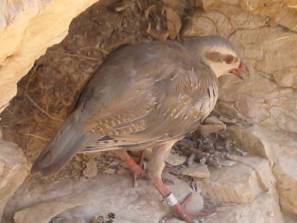
Chukar Juvenile (Alectoris chukar)
|

Black-winged Stilt (Himantopus himantopus)
|
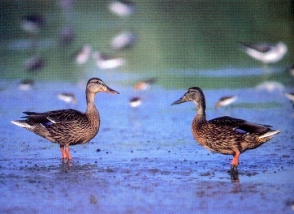
Mallard (Anas platyrhynchos)
|
|

Smyrna Kingfisher (Halcyon smyrnesis)
|

Cream-coloured Courser (Cursorius cursor)
|

Bee-eater (Merops apiaster)
|
|

Griffon Vulture (Gyps fulvus)
|
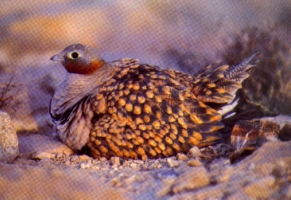
Black-bellied Sandgrouse (Pterocles orientalis)
|
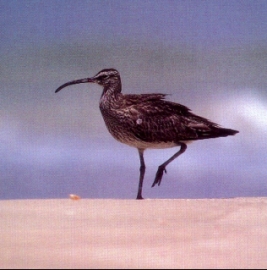
Whimbrel (Numenius phaeopus)
|
|

Common Tern (Sterna hirundo)
|
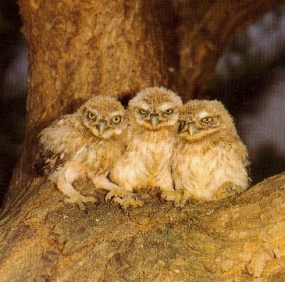
Eagle Owl (Athene noctua)
|
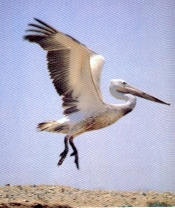
Pink-backed Pelican (Pelecanus rufescens)
|
|

Cormorants (Phalacrocorax carbo)
|
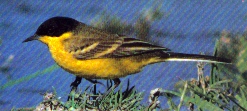
Yellow Wagtail (Motacilla flava)
|
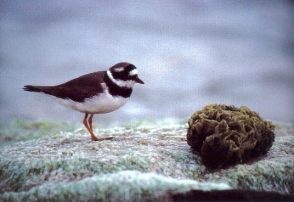
Ringed Plover (Charadrius hiaticula)
|
|

Glossy Ibis (Plegadis falcinellus)
|
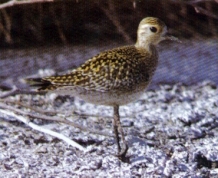
Pacific Golden Plover (Pluvialis fulva)
|
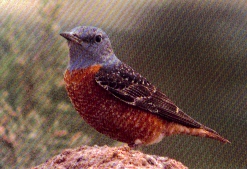
Rock Thrush (Monticola saxatilis)
|
|
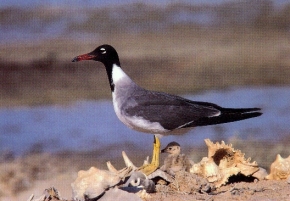
White-eyed Gull (Larus leucophthalmus)
|
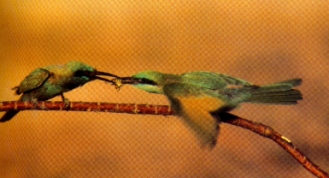
Little Green Bee-eater (Merops orientalis)
|
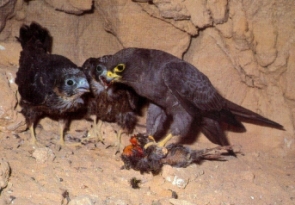
Sooty Falcon (Falco concolor)
|
|
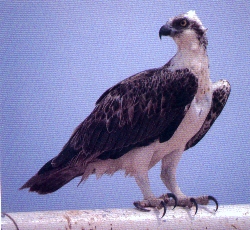
Osprey (Pandion haliaetus)
|

Osprey (Pandion haliaetus)
|

Red-billed Tropicbird (Phaethon aethereus)
|
|
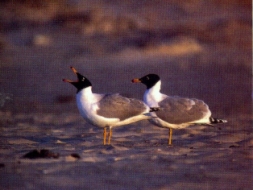
Great Black-headed Gull (Larus ichthyaetus)
|
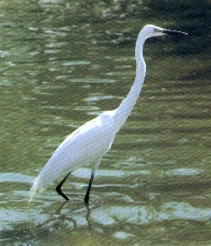
Great White Egret (Egretta alba)
|
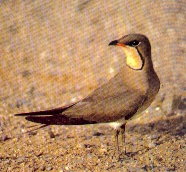
Collared Pratincole (Glareola pratincola)
|
|
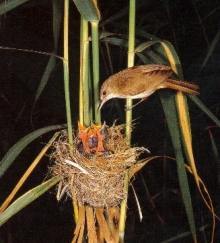
Clamorous Reed Warbler (Acrocephlus stentoreus)
|
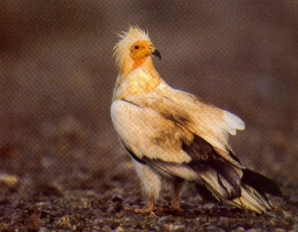
Egyptian Vulture (Neophron percnopterus)
|

Griffon Vulture (Gyps fulvus)
|


